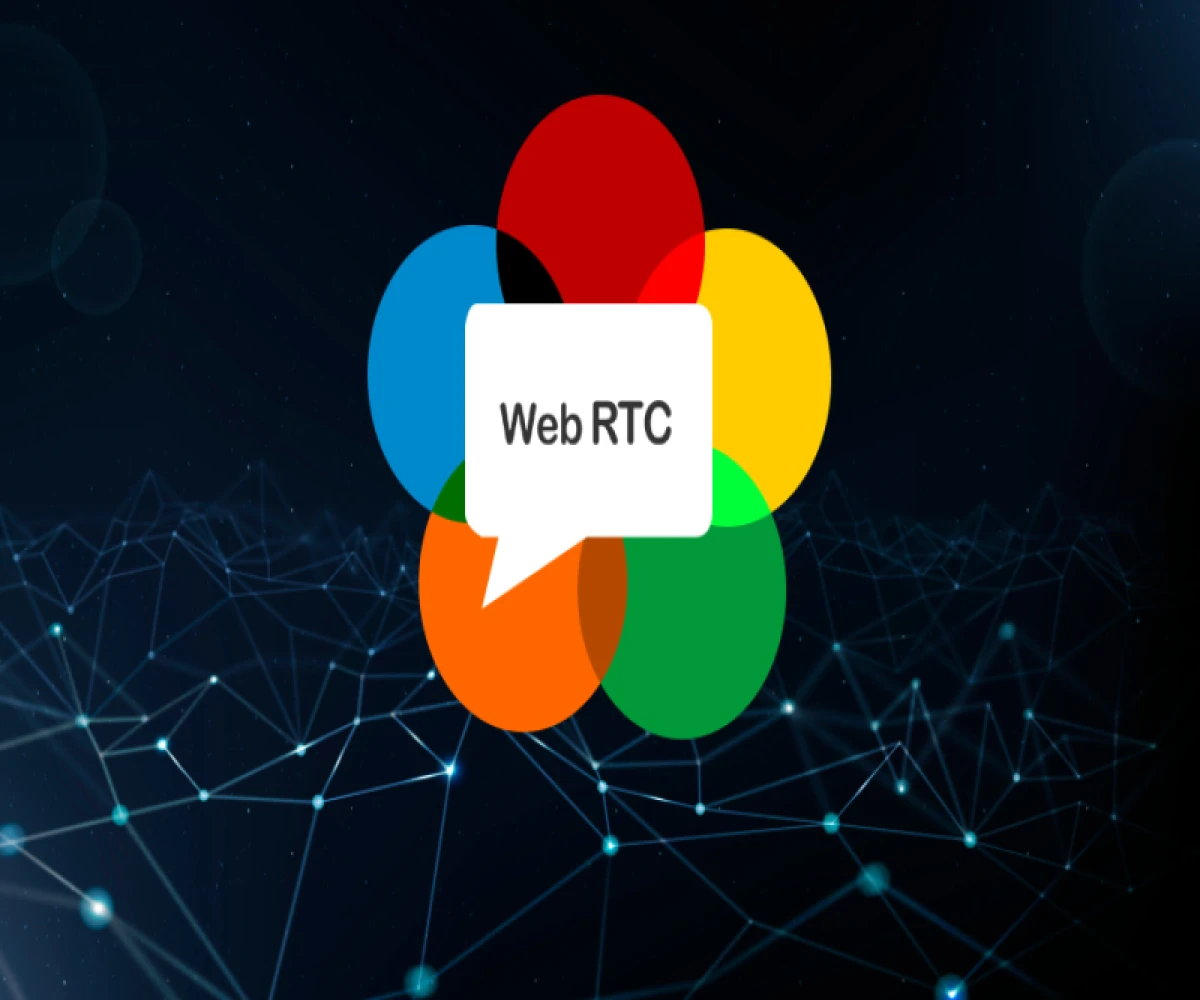
What is WebRTC ?
Bringing Communication to the Web: Exploring WebRTC
Imagine a world where video calls, file sharing, and even online gaming happen seamlessly within your web browser, without the need for downloads or additional software. This is the power of Web Real-Time Communication (WebRTC), a free and open-source project that's revolutionizing how we interact online.
What is WebRTC?
WebRTC essentially equips web browsers and mobile applications with the ability to conduct real-time communication directly, bypassing the need for external servers. This is achieved through a set of Application Programming Interfaces (APIs) that developers can integrate into their applications.
How does it work?
Think of WebRTC as a facilitator that sets up a direct connection between two devices, like two computers or phones, engaged in a communication session. This connection, however, doesn't happen magically. WebRTC utilizes a combination of techniques:
- Peer-to-Peer (P2P) communication: Instead of relying on a central server to relay information, WebRTC allows devices to communicate directly with each other, reducing latency and improving efficiency.
- Signaling: To establish the connection and exchange control information, WebRTC uses a separate signaling channel, often managed by a server. This channel helps locate and connect the participating devices without compromising the P2P nature of data transfer.
- Security: WebRTC prioritizes security by employing encryption protocols like SRTP (Secure Real-time Transport Protocol) to safeguard the transmitted audio and video data.
Examples of WebRTC in action:
- Video conferencing: WebRTC is the backbone of popular video conferencing tools like Google Meet and Zoom, enabling real-time face-to-face interactions directly within your browser.
- Online gaming: WebRTC facilitates real-time communication between players in online games, ensuring smooth and synchronized gameplay.
- File sharing: WebRTC empowers peer-to-peer file sharing platforms, allowing users to share files directly with each other without relying on centralized servers.
The future of WebRTC:
WebRTC is still evolving, with ongoing development to enhance its capabilities and functionalities. As the technology matures, we can expect to see even more innovative applications emerge, transforming how we collaborate, communicate, and interact online.
By leveraging the power of WebRTC, developers can create a new generation of interactive and engaging web experiences, pushing the boundaries of what's possible within the web browser.


